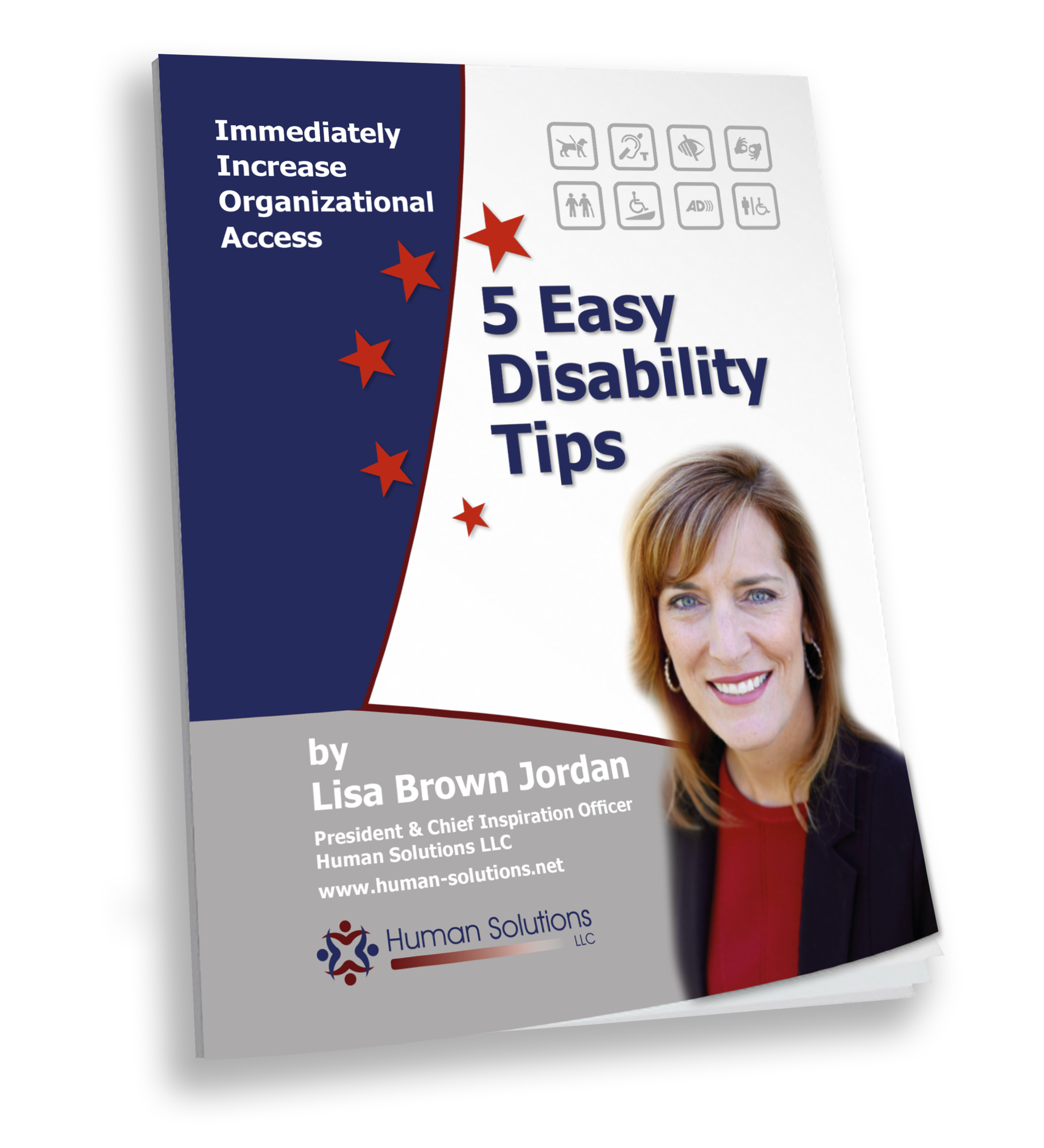As a workforce development professional, your goal when working with employers should be to continually create and add value. This should be your purpose whether the employer has a job opening or not. It’s about relationship building. The Work Opportunity Tax Credit, or WOTC, is a tool that has been around for a number of years, and has been extended through the end of 2019, which means you should definitely consider adding it to your toolbox now if you haven’t already!
Whether you work with people with disabilities, individuals previously incarcerated, veterans, recipients of Temporary Assistance for Needy Families (TANF), or youth, the employers you work with may be eligible for the tax credit if they hire qualified individuals who are members of one of 10 identified job seeker groups.
The groups include:
- Qualified IV-A Recipient
- Qualified Veteran
- Ex-Felon
- Designated Community Resident (DCR)
- Vocational Rehabilitation Referral
- Summer Youth Employee
- Supplemental Nutrition Assistance Program (SNAP) Recipient
- Supplemental Security Income (SSI) Recipient
- Long-Term Family Assistance Recipient
- Qualified Long-Term Unemployment Recipient
A detailed description of the groups and specific eligibility requirements can be found here: IRS WOTC
According to the U.S. Department of Labor, employers can earn a tax credit of between $1,200 and $9,600 per employee, depending on the target group of the new employee and the number of hours worked in the first year. Employees must work at least 120 hours in the first year of employment to receive the tax credit. You can get more information on the WOTC and tax credits at this IRS website.
The tax credit can be given when the individual is hired or before they obtain the position through a conditional certification of qualified status, which is typically done by a referring agency, such as Vocational Rehabilitation or an Employment Network. Certification of an employee involves connecting with the state workforce development agency WOTC Coordinator and filling out the appropriate forms within the specified timeframe. Once completed, the signed and dated forms must make it to the WOTC Coordinator no later than 28 days after the new hire begins work.
In addition to the program overview and tax credit information provided in the links above, the following are links to the forms needed for certifying an employee’s status:
IRS Form 8850, Pre-Screening Notice & Certification Request for the Work Opportunity Credit
Individual Characteristics Form (ICF)
I encourage you, if you haven’t already, to review the WOTC program overview and determine how you might use this tool with your employers and customers. Employers will value and appreciate your efforts of not only sending them qualified job candidates, but also assisting them in saving money. It’s a “win-win” for everyone!

Leave a Reply